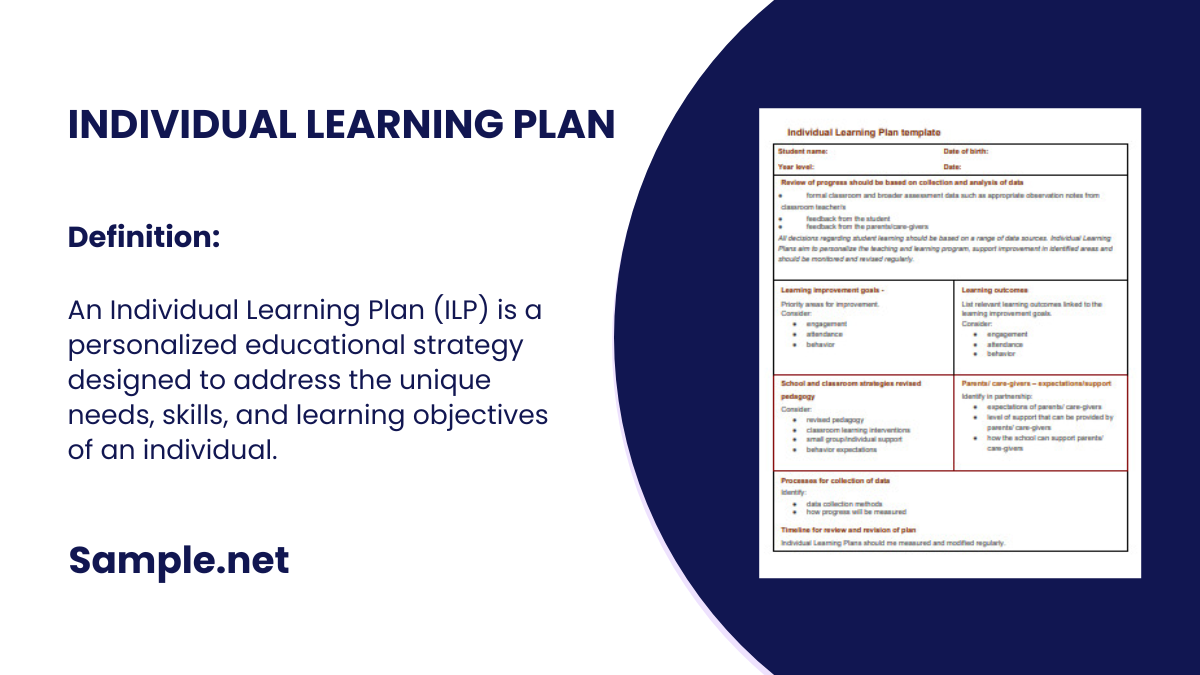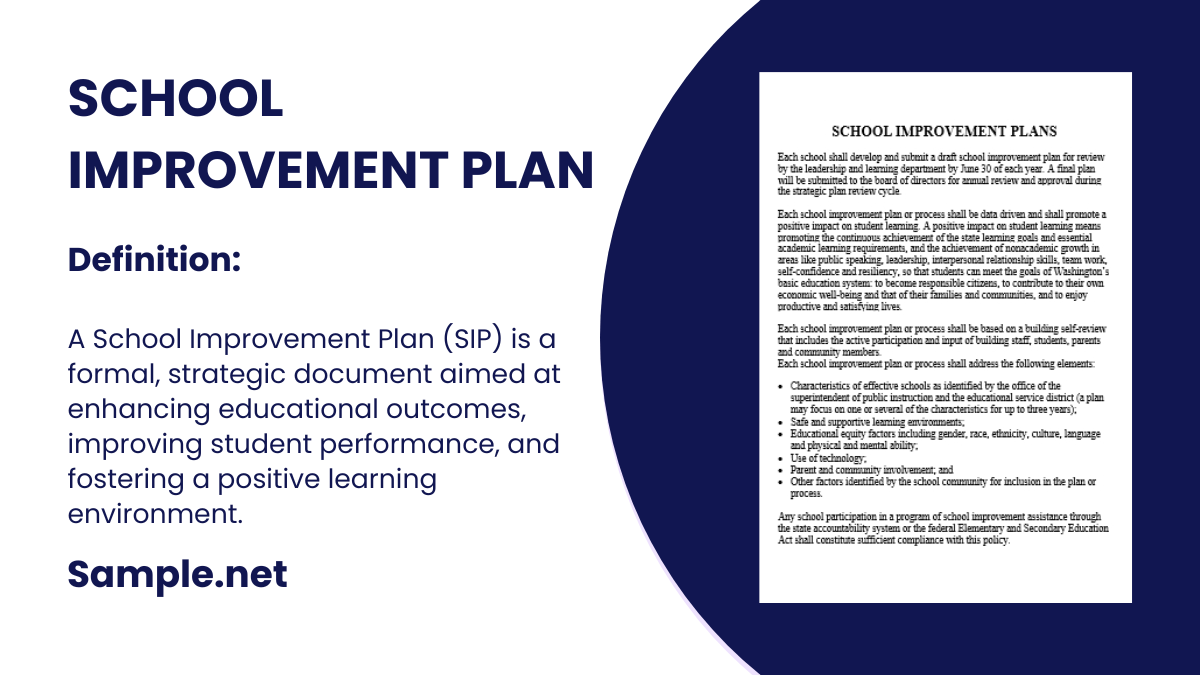An Individual Learning Plan (ILP) is a personalized educational strategy designed to address the unique needs, skills, and learning objectives of an individual. It serves as a roadmap for…
continue readingIn this article, you will find the highlight of the different steps of a production support plan, discuss how it differs from production control, and explain how it can be done.
6+ Sample Production Support Plan
-

Production Support System For Construction Projects Planning
download now -
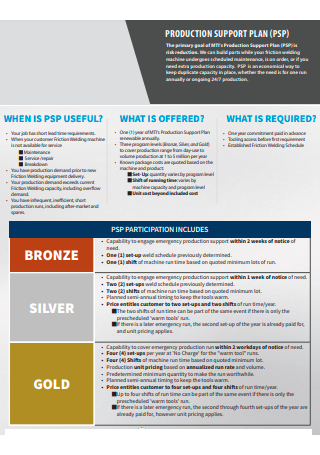
Production Support Plan Template
download now -
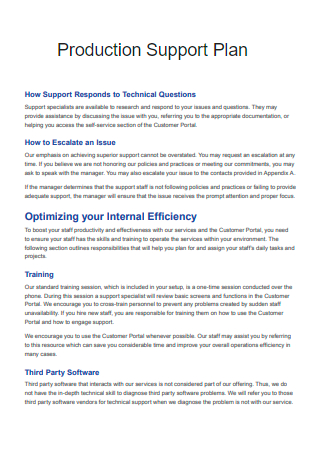
Basic Production Support Plan
download now -
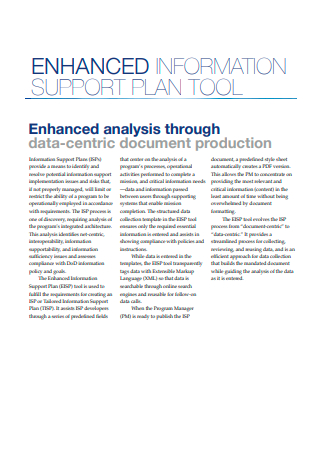
Production Information Support Plan
download now -
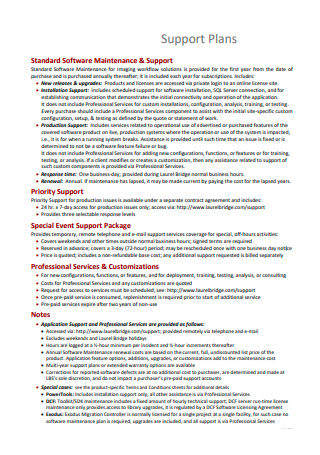
Production Support Plan Example
download now -
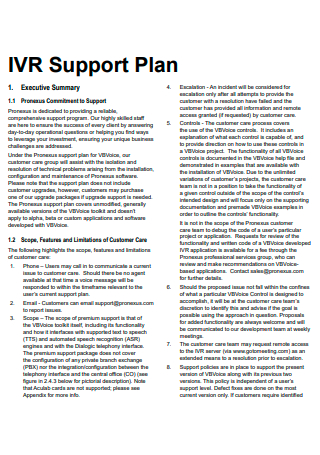
Printable Production Support Plan
download now -
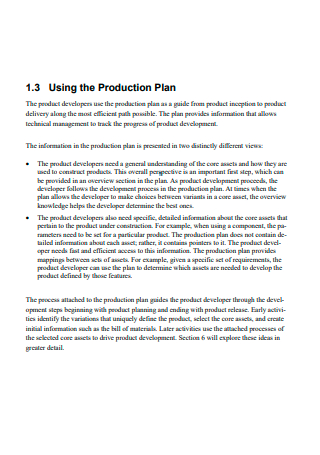
Production Support Plan in PDF
download now
What Is a Production Support Plan?
The purpose of this task is to plan to set up a production support environment. Establish a plan for production support that is required after go live. This plan must include staffing, procedures, and facilities. While modern production planning has its roots in the first half of the 19th century, it developed out of a need for information around internal planning in control. Entities like railroads, textile mills and other factories needed internal administrative frameworks to guide the multiple processes involved in providing their basic product or service at a large scale.
The first production plans were simple. Factories were relatively small and produced a limited number of products in large batch sizes. Factory foremen were technical experts in their field, and handled all planning and scheduling, which sometimes would include no more than a list of production orders and the date at which they were to be completed. Moreover, as the production line and manufacturing efforts as a whole became bigger and more complex, more involved production planning was necessary.
Today, as the nature of production methods and manufacturing has changed, so has production planning. The products themselves, and customer expectations, have also evolved. The technology surrounding production has evolved, enabling more precise communication and monitoring of and around production. Now, there is more information available than ever before for organizations to weigh when creating their production plans.
What Is Production Support?
Production Support is like healthcare for technology. It is responsible for ensuring systems and applications run smoothly by identifying problems and deploying smart solutions. From high-frequency trading to nuclear power stations, everything relies on technology. Production Support is a vital role within enterprise technology. It is known by a number of different names like Application Support, Production Management, and Application Management.
Production support involves working closely with business stakeholders (such as traders) to resolve any issues with technical systems and applications. In a trading environment, traders will typically raise ‘tickets’ – requests for help – with the support teams, usually over e-mail or by telephone. Those tickets will enter a queue of work where the progress of investigations can be tracked. The Production Support team pick up those tickets and work to address the issues, liaising with other technical teams where necessary.
While some issues will have a simple fix, others may be more complex. If an issue is recurring, or requires a detailed or long-winded fix, support analysts may be required to produce smarter solutions. They will often need to write scripts to move data around, correct file contents, or manipulate the behavior of application processes on servers. In addition, as well as responding to requests from business users, support analysts are also required to respond to automated systems which monitor the health of both software applications and infrastructure.
Thus, production planning has the purpose of ensuring all necessary preparation is completed before a production cycle begins, so it can run smoothly. This involves allocating resources effectively so that everything is in place for each stage of production to start. The factory floor should be organized appropriately. All machinery should be in its rightful position, employees should know when they are required, and the right materials should be on hand for when they are needed.
Some of the benefits that come with production planning include:
- Decreased errors
- Fewer bottlenecks
- More organized workspace
- Deliver more on time
- Less downtime
- Fewer defects
- More efficient use of stock
What Is the Importance of Production Support Plan?
Production support plan is important because it will assist all customers and provide production support for all designs and perform tests on all installation process for infrastructure. In addition, it will also:
- Perform all tests on production applications and prepare recovery procedures for all applications and provide upgrade to same.
- Coordinate with IT groups and external vendors and ensure effective application services to ensure reliability of all applications.
- Analyze all business processes and ensure compliance to all controlled processes according to business requirement.
- Monitor and provide support to workflows and provide expert knowledge on all workflow designs.
- Provide 24/7 operational support to all production practices on holidays and weekends.
- Develop and maintain professional relationships with all online business teams and provide support to web store.
- Monitor all alerts and escalate all issues for all procedures and systems.
- Coordinate with various teams and raise support ticket for all issues, analyze root cause and assist in efficient resolution of all production processes.
- Greet all customers pleasantly and ensure compliance to all customer requirements.
- Maintain logs of all issues and ensure resolutions according to quality assurance tests for all production processes.
- Production planning is important because it creates an efficient process for production according to customer and organizational needs.
A good production plan minimizes lead time, which is the amount of time that passes between the placing of an order and the completion and delivery of that order.
What Is the Role of Production Planning in Manufacturing?
Production planning essentially allows manufacturers to map out the entire chain of events, starting with a raw material, all the way through to its transformation into an end-product. By having a clear picture of how events will unfold, it is easier to avoid bottlenecks that would otherwise halt production. You are also less likely to be wasteful, and more likely to stick to an expected amount of spend.
By visualizing the journey of goods, defects become less commonplace, and the output tends to be of a higher quality. Production planning is linked to risk management in some ways, as you may stumble across hidden problems.
Planning will give you an idea of how long each production cycle will take, which in turn makes it easier to stick to deadlines. It also allows you to see what materials are needed to produce each item. When coupling these aspects with customer demand, it should be simpler to figure out exactly what needs to happen.
At the earliest opportunity you should select an appropriate production method, of which some examples include:
- Batch production
- Flow production
- Continuous production
- Job production
What Are the Types of Production Planning?
There are many types of production planning that focus on different particulars of the production process. Some of these include:
There are also various planning types that apply the logic of production planning to areas other than manufacturing, or complementary areas. For instance, human resources planning involves optimizing processes that allow a company to meet their hiring and talent demands. Other examples include:
What Is the Production Planning Process?
When it comes to production planning, you need a system that allows you to schedule work orders. It should also provide you with instant updates on any active production runs, as well estimated timeframes for completion. You should have full visibility of where different orders are currently sitting in the creation process. This can then be passed on to customers which will improve customer service.
Step 1: Preparing
The first step is laying the initial groundwork, which provides a foundation for everything that follows. This includes notifying the appropriate people about upcoming production runs. They should be given details of the order size, as well as the due date. Another part of preparation is sourcing the right materials from suppliers to complete the customer order in full. Machinery should be checked before any production run to ensure it is in working order.
Step 2: Routing
Following this you should create a logical route for your production run. This involves knowing each piece of machinery that a material needs to interact with on its way to becoming a sellable good. The location of any machinery should be influenced by this path, so that things can flow as smoothly as possible. Over time you may make alterations if you find more optimal routes.
Step 3: Scheduling
Once the route is determined, it is far easier to decide when each activity should occur. A schedule is crucial for any plan, as it turns it from an abstract idea into a concrete action. It also means that employees will know when they are obligated to complete their role in the process. And the relevant equipment can be booked in advance to fall in line with this schedule.
Step 4: Dispatching
Following this you must dispatch production details to the right people. This can include work orders for the production run. On top of the route and schedule you may need to also provide further instructions so that products can be created seamlessly. Perhaps there are designs that need to be seen before an item can be assembled. Workers may need some form of documentation to show when they will have access to certain tools. A final dispatch may involve the person in charge giving the go-ahead so production can begin.
Step 5: Reviewing
The final step involves looking at the previous stages to see if anything has been missed or could be done better. This part of the plan is crucial, as it serves as a safety net, and a chance to enhance operations even further. The beauty of planning is that you may uncover some inefficiencies along the way, which may have otherwise remained hidden and could have potentially harmed productivity if left unfound.
FAQs
What Is the Difference Between Production Planning and Production Control?
Production planning, production control, and production scheduling can often be mistaken for one another. But it is important to distinguish these terms. Production scheduling is one component of the entire planning process. It is largely concerned with the timings of production. Production control on the other hand comes about as a result of successful planning and scheduling. It is specifically when you have full control over the manufacturing process, by having a clear view of all the moving parts.
What Is Production Scheduling?
Scheduling is necessary to create a production plan. Production scheduling is like production control. Production scheduling is the allocation of available resources to production processes and events. It is essentially the mapping of actual resources to the production plan built for them. Scheduling is used to plan use of factory equipment and resources, human resources, and to plan processes and material purchasing. Production plans aim to ultimately deliver on customer demand. The goal of a production schedule is to create the most efficient production plan possible.
What Are Some Tools I Can Use for Production Planning?
Depending on the scale of your operations, some production planning tools will be more suitable than others. Smaller manufacturers may be happy to carry out this activity via more traditional means such as pen and paper. But, for any business, this can be a risky approach. If these documents were to be damaged or misplaced, the whole plan would be lost. Not only this, but production planning is complex too, so to do it by hand would take a lot of time and effort.
Is Production Support Good for Experienced?
Production support will surely add value to your experience. This will be good opportunity to learn lot of good practices and good way of on job training for you. You will also get opportunity to enhance some of the features you might support.
What Is One of the Important Objectives of Production Planning?
Production planning and control ultimately aims to expand productivity through efficiency enhancement while also being economical. Increased productivity is successfully achieved through optimizing the use of existing production resources and labor resources while eliminating wastage or spoilage of materials.
With production being connected to your finances, online sales, inventory levels, customer details and more, you suddenly have a much more cohesive set-up and with more accurate and consistent data. Not only this, but you can then automate certain tasks too, and enjoy enhanced performance as a result.
There are companies that use a spreadsheet instead, which is certainly a step up, however, this approach comes with its own flaws. Spreadsheets are not really designed for production planning. They have wide-ranging functionality and typically begin as a blank canvas. This means you must have a lot of expertise to achieve the specific outcomes you desire.
Generally, you can analyze your production methods in far more detail, implementing changes that increase efficiency, and making bold forecasts that could help you to achieve growth when you combine this high-quality data with the downloadable file’s powerful and helpful capabilities.

